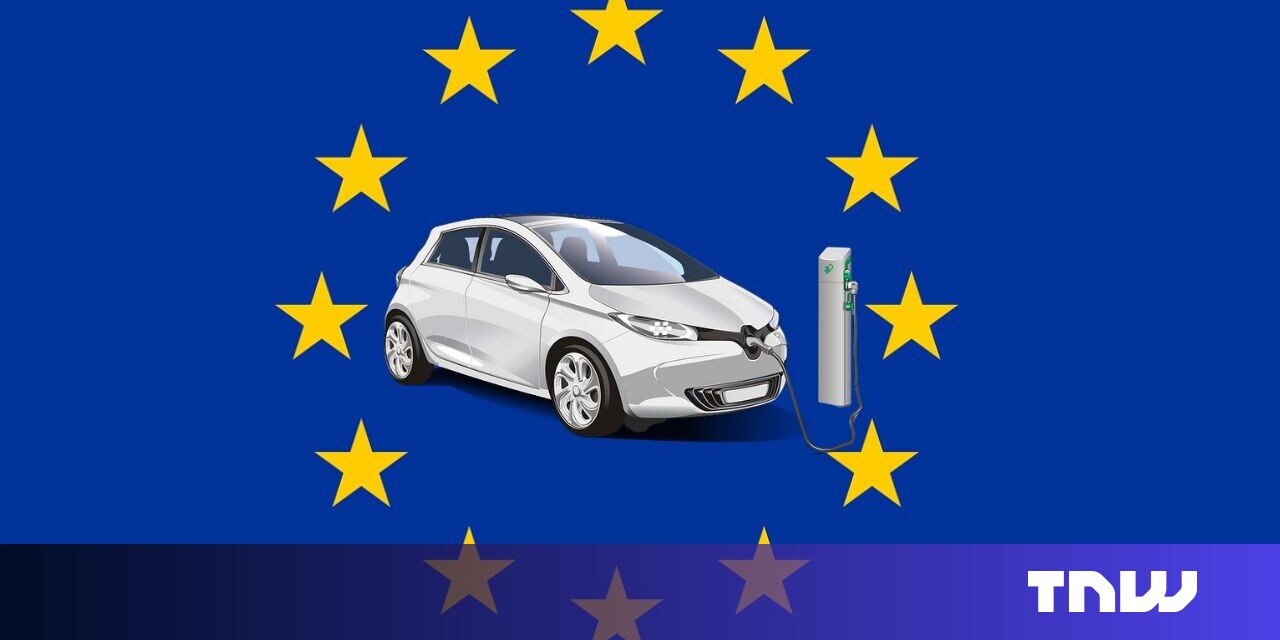EU's EV Battery Future: Uncertain Prospects Despite Ambitious Goals
The European Union has set ambitious goals for electric vehicle (EV) adoption, aiming to become a global leader in the sector. However, the future of EV battery production within the EU remains uncertain, fraught with challenges that could hinder its progress. While significant investments are being made, several factors cast a shadow over the bloc's ambitions.
The Raw Material Conundrum: A Dependence on Imports
One of the most significant hurdles is the EU's heavy reliance on imports for crucial battery raw materials like lithium, cobalt, and nickel. Currently, a substantial portion of these materials originates from countries with questionable environmental and social practices, raising concerns about ethical sourcing and supply chain security. This dependence creates vulnerabilities to price fluctuations and geopolitical instability, potentially disrupting battery production and impacting the overall competitiveness of the European EV industry.
- Limited domestic sourcing: The EU is actively exploring domestic sources for these materials, but the development of viable mines and processing facilities is a time-consuming and complex process.
- Geopolitical risks: Reliance on specific countries for raw materials exposes the EU to geopolitical risks, including trade disputes and potential supply disruptions.
- Environmental concerns: The extraction and processing of these materials often have significant environmental impacts, raising concerns about sustainability.
Manufacturing Capacity: Catching Up to the Competition
While the EU is investing heavily in battery gigafactories, it faces stiff competition from established players in Asia, particularly China, which currently dominates the global EV battery market. Catching up requires substantial investment in infrastructure, skilled labor, and technological innovation, all of which take significant time to implement.
- Gigafactory development: The EU is making progress in establishing gigafactories, but the scale and speed of deployment need to accelerate to meet its ambitious targets.
- Technological advancements: Competition requires ongoing investment in research and development to ensure the EU remains at the forefront of battery technology.
- Skilled workforce: A shortage of skilled workers in the battery manufacturing sector could hinder the growth of the industry.
Recycling and Sustainability: A Crucial Element
The environmental impact of EV batteries is a growing concern. To achieve its sustainability goals, the EU needs to invest heavily in battery recycling infrastructure to recover valuable materials and minimize waste. This requires a comprehensive approach, involving the development of efficient recycling technologies and robust regulatory frameworks.
- Recycling infrastructure: Investing in advanced battery recycling technologies is essential to create a circular economy and reduce reliance on primary raw materials.
- Regulatory framework: Clear and effective regulations are needed to ensure the responsible sourcing, production, and recycling of EV batteries.
- Consumer awareness: Educating consumers about the importance of proper battery disposal and recycling is vital for the success of recycling initiatives.
Conclusion: Navigating the Uncertainties
The EU's journey towards becoming a global leader in EV battery production faces significant challenges. Overcoming its dependence on imported raw materials, accelerating gigafactory development, and prioritizing sustainable recycling practices are crucial for its success. While the ambitious goals are laudable, the path ahead is fraught with uncertainty and requires a coordinated and strategic approach from policymakers, industry stakeholders, and researchers. The next few years will be critical in determining whether the EU can overcome these hurdles and realize its vision of a thriving and sustainable EV battery industry. The future remains uncertain, but the need for decisive action is clear.

